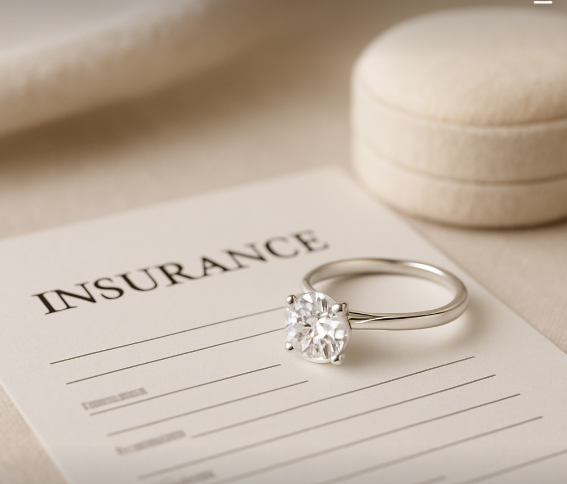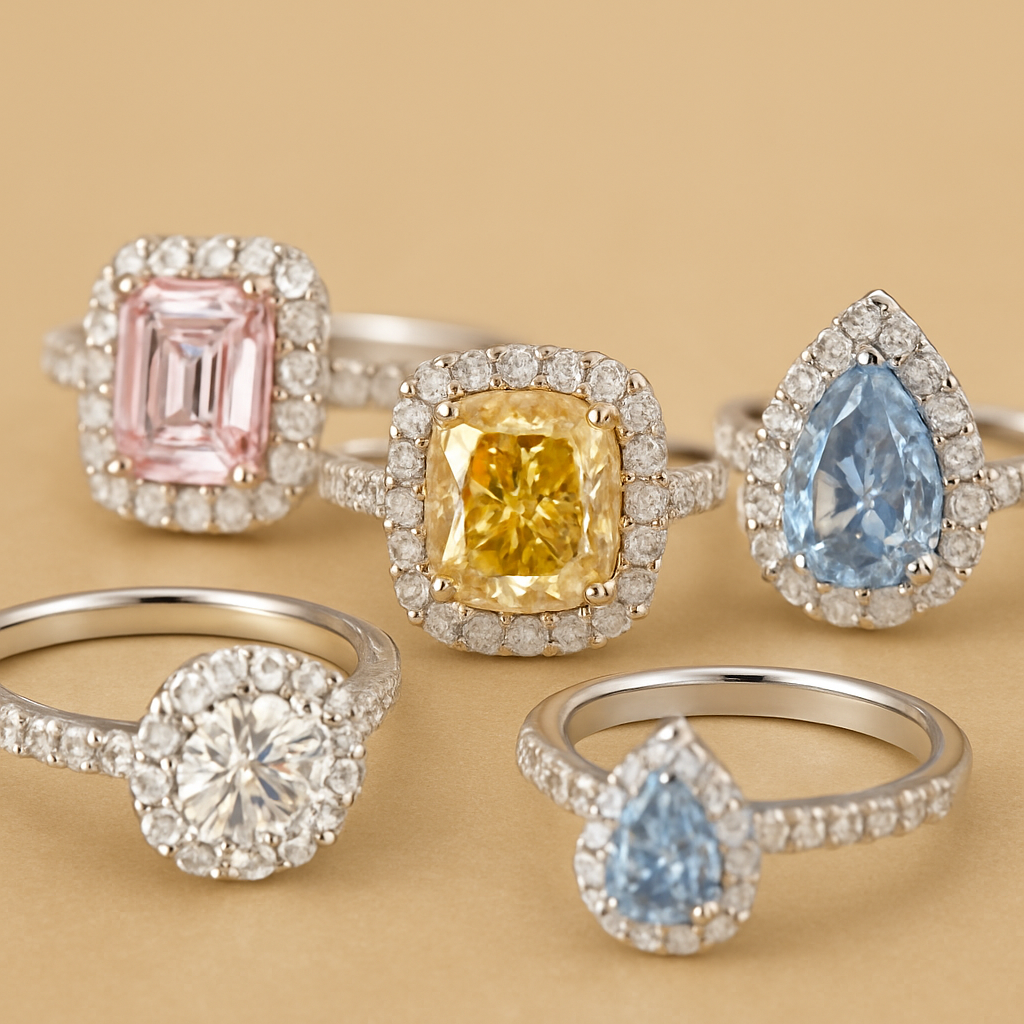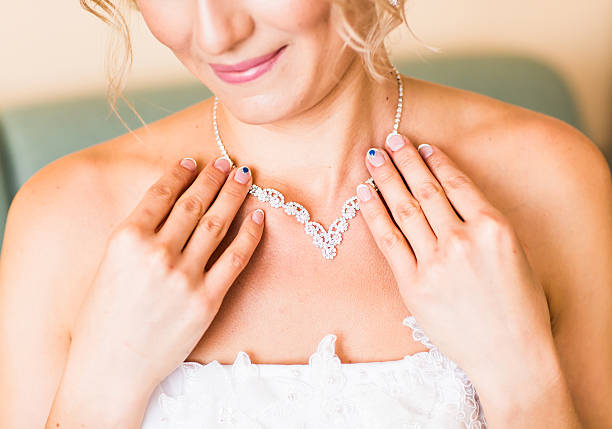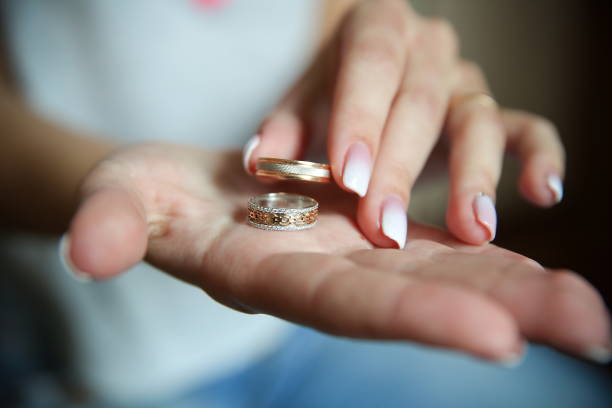Purchasing fine jewelry is an investment—one that's as emotional as it is financial. Whether your engagement ring, heirloom piece, or diamond cuff you received as a special occasion gift, ensuring it's properly insured is no less crucial than choosing the jewelry itself. Here, in this blog post, we're going to take you through the process of selecting the best jewelry insurance, step-by-step—so your valuable items are secure for a lifetime.

1. 🧐 Understand What Jewelry Insurance Covers
Jewelry insurance is more than what many think. It's not merely for theft—it can protect for a variety of unfortunate events. For instance, if your ring falls off in the sea, or your necklace chain breaks and a gem drops out, the better insurance will pay you back or repair it.
✅ Here's what standard jewelry insurance might cover:
- Theft – If your home is broken into or stolen from your bag
- Loss – Left behind by accident, dropped down a drain, or misplaced while traveling
- Damage – Scratched stones, bent prongs, broken chains, or broken settings
- Mysterious Disappearance – When the piece vanishes and there's no reason
🛑 Without dedicated jewelry insurance, you’re often limited to minimal coverage under renters or homeowners policies—usually capped around $1,000–$2,000 for jewelry. That’s often not enough to replace even a modest diamond ring.
2. 📜 Get a Professional Appraisal
Before any insurance provider will insure your jewelry, they'll need to know its precise value—and not merely what you paid for it.
A jewelry appraisal gives a detailed analysis of the piece's features and replacement value. This includes:
- Stone details – Carat weight, cut, clarity, color
- Metal type – Gold (and its karat), platinum, or other metals
- Designer or brand name – Which can influence value
- Photos – Some insurers insist on visual evidence
👨🔬 Always engage a certified appraiser, preferably one authorized by GIA, AGS, or ISA. And recall: jewelry value can fluctuate over time—because of inflation, metal cost variations, or scarcity—so renew the appraisal every 2–5 years.
3. 🏦 Explore Your Insurance Options
There are two primary paths to insure your jewelry, and each has advantages and disadvantages based on your requirements:
🏠 Option 1: Add-On to Your Homeowners or Renters Insurance
This is referred to as a scheduled personal property rider or floater. It adds the coverage of your current policy to cover particular jewelry pieces.
Advantages:
- Simple to add if you have home/renters insurance
- Bundling could lower premiums
- Typically covers theft and fire damage
Disadvantages:
- May not include accidental loss or mysterious disappearance
- Limited global coverage
- Can impact your entire homeowners premium if you make a claim
💼 Option 2: Standalone Jewelry Insurance Provider
These are specialty insurers that only deal with jewelry. Jewelers Mutual, Lavalier, or BriteCo are well-liked for their customized coverage.
Advantages:
- Covers more situations (loss, damage, theft, even loss while traveling)
- Usually quicker and more accommodating claim processes
- Won't affect your home insurance policy
Disadvantages:
- Requires individual account setup and management
- Could cost more (but good value for top-of-the-range items)
📝 If your jewelry has strong sentimental or financial value, single policies tend to be the better choice.
4. 💰 Compare Coverage and Premiums
There are fine print in every policy. Compare what it covers rather than just the premium.
Consult the insurance company:
- What is covered specifically? Is it damage, loss, theft, or an unexplained disappearance?
- How do claims get handled? Will I have to replace the item or will I get paid?
- Is it possible for me to select my own jeweler for repairs or replacements?
- Does this include preventive maintenance? (such as polishing or tightening prongs)
- How much is the deductible? While some charge a fee per claim, others offer zero deductibles.
💡 The average annual premium is between 1% and 2% of the item's value. Therefore, the cost of insurance for a $5,000 ring could range from $50 to $100 per year.
5. 📝 Know the Claims Process
A quality insurance policy is not only about coverage—it's about how hassle-free and convenient the claims process is.
When shopping around, consider:
- Claim filing method – Online or in-person?
- Response time – How fast do they process and pay out?
- Documentation – Will you have to provide receipts, photos, or police reports?
- Repair/replacement options – Can you have your own jeweler work on it, or do you have to go through theirs?
A quick, sympathetic claims process can be the difference-maker during a stressful period.
📌 Pro Tip: Get clear images of your jewelry from all sides and save duplicate purchase receipts, appraisals, and certificates in cloud storage for easy retrieval.
6. 🌍 Consider Worldwide Coverage
Do you travel frequently or take your jewelry with you on trips?
Then worldwide protection is important. Many standard policies will not cover lost or stolen jewelry overseas.
Conversely, the majority of stand-alone insurers of jewelry provide:
- Global coverage
- Coverage against theft while traveling, hotel loss, or shipping accidents
- Coverage for repairs when overseas or traveling
✈️ Taking jewelry along? Pack it in a carry-on, and never check it in luggage. Store it in the hotel safe when not on your person.
7. 🔐 Store & Maintain Your Jewelry Properly
Good insurance doesn't cover up for bad storage habits.
Insurers may even demand evidence of proper care in a claim, so adopt wise habits:
- Store your pieces in separate pouches or soft cases
- Use a jewelry safe at home, ideally fireproof and bolted down
- Prevent chemical exposure by taking rings off before cleaning, swimming, or gardening
- Have professional cleanings and prong checks every 6–12 months
🧼 Even some standalone insurance policies include preventive maintenance, which prolongs the life of your jewelry and minimizes claim denials.
💫 Conclusion: Peace of Mind for a Lifetime of Sparkle
Choosing the right jewelry insurance is about more than protecting your wallet—it’s about honoring your memories.
From family heirlooms to future heirlooms, the right policy ensures your treasures are covered, no matter where life takes you.
So whether you’re insuring your first diamond ring or a growing collection, take the time to research, compare, and secure the right protection. Because sparkle deserves security.
✨ San Liora Jewelry Promise
At San Liora, we provide a 12-month warranty and a professional appraisal certificate with every purchase, making it easy to insure your jewelry and keep it safe for generations to come.







